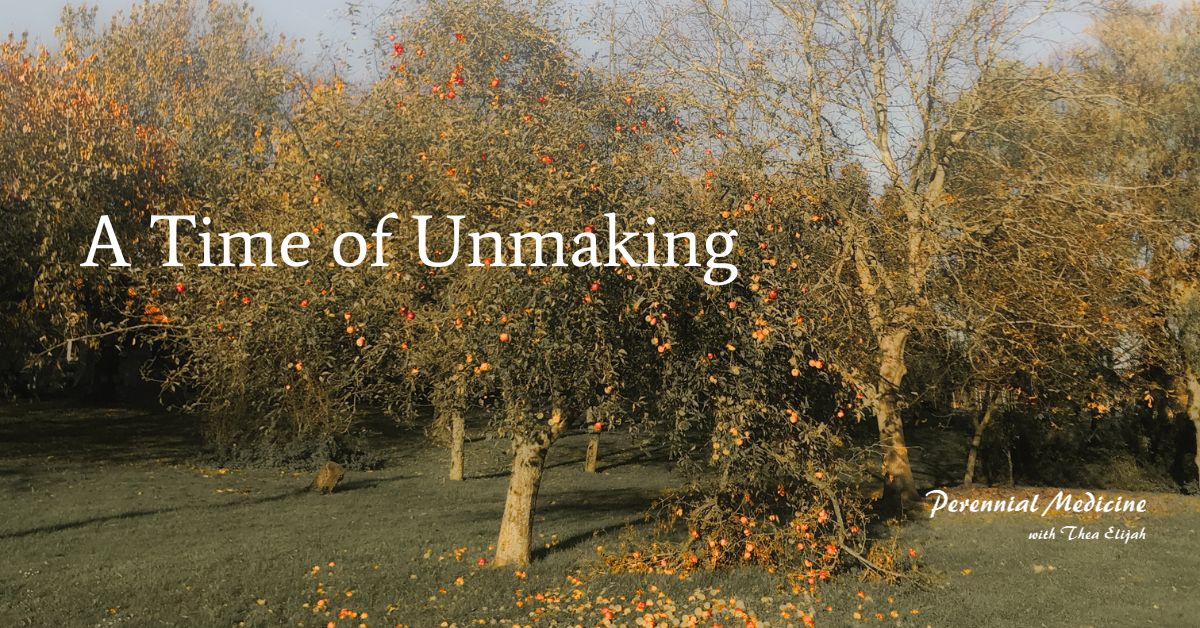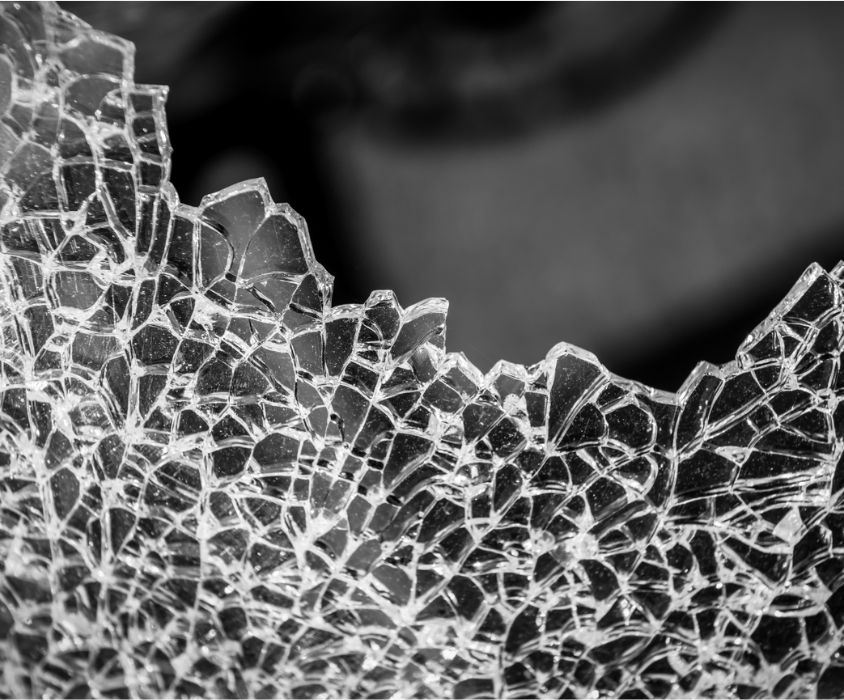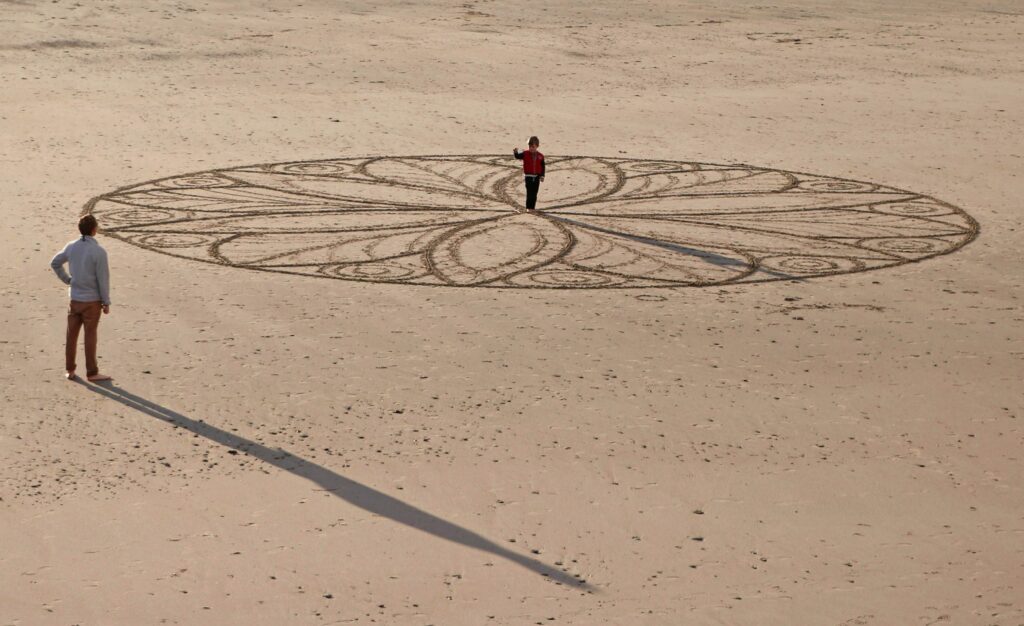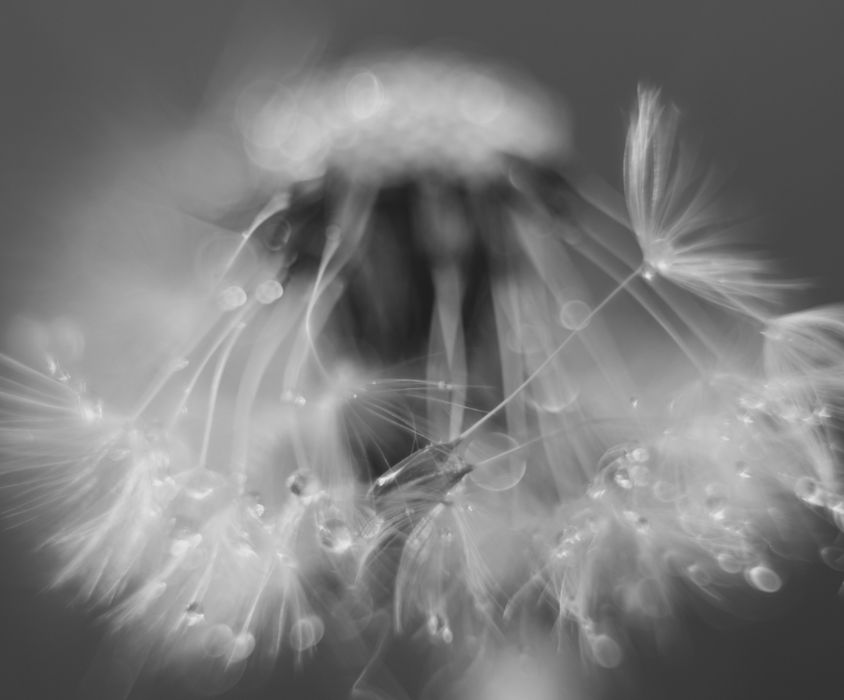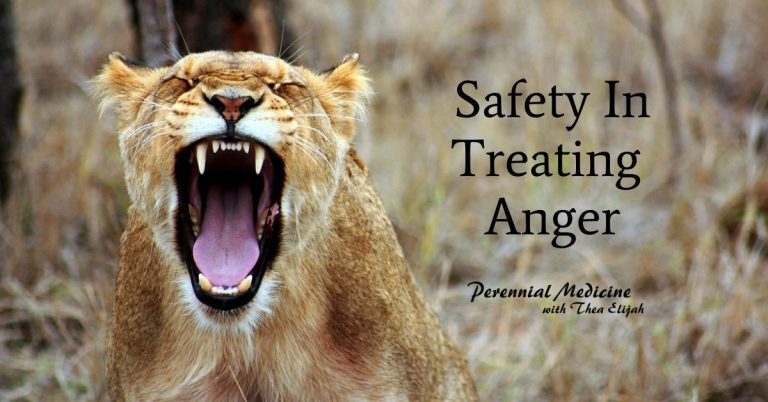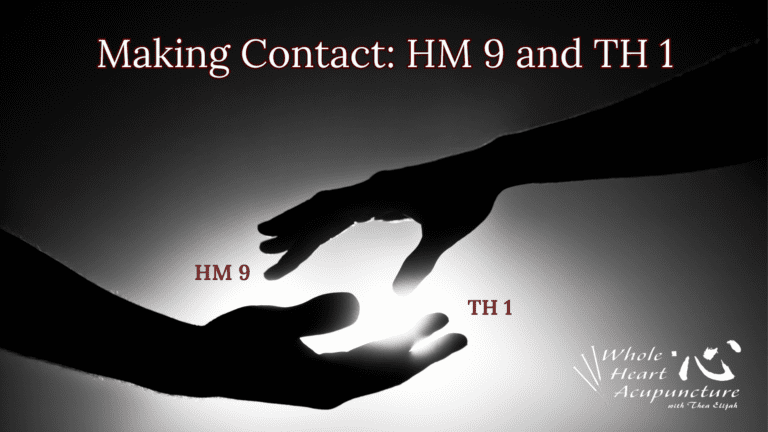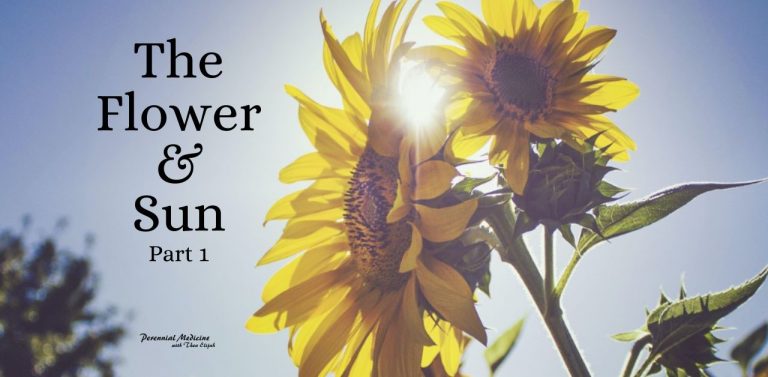Time of Unmaking
One of my teachers, Kaylynn Two Trees, who is half African American and half Lakota elder, talks about “times of making” and “times of unmaking” as equally important in the cycles of life. This is reflected in nature. From the winter solstice until the summer solstice, it’s a time of making. From the summer solstice all the way until the winter solstice, it’s a time of unmaking.
A naturally welcome unraveling and coming apart is not the most American concept. In mainstream America, it seems like it’s always a time of making. When forced to acknowledge a time of unmaking, this is associated immediately with “Something’s wrong!” which then goes a long way towards making sure that it will, in fact, become as wrong as possible.
Right now we are in the time of year of unmaking. This means that nature itself is giving matching funds to all of the unmaking in our life. That is wonderful! As we lean into to the influences of heaven and earth, we are leaning into a vast unmaking field. We are just a bit past the halfway point now.
It’s nice to recognize that we are halfway through a time of unmaking. It brings perspective. The matching funds are fantastic. Nature itself is supporting us in the Great Unmaking, and is giving us lessons on how this is done well.
This is not a familiar teaching for many of us, that unmaking could happen really, really well; thus there may need to be a more subtle listening into questions like, “What are we being taught, halfway through the Great Unmaking? What does it mean, to be part of an umaking field, and to do that well?”
Unmaking and Brokenness
This is not only a seasonal time of unmaking. There is natural lore, in the autumn, around breaking and feeling broken—and doing that well. I’m thinking of acupuncture points like Lung 7, which is sometimes called Broken Sequence, sometimes called Lightning Strike. The imagery references how, when lightning strikes and things break, it’s time to break it up further. When something is broken, don’t stand there with a broken thing in your hands. Break it up so thoroughly that the pieces can be used for a mosaic… or for something else entirely. The necessity in the art of breaking is breaking thoroughly enough.
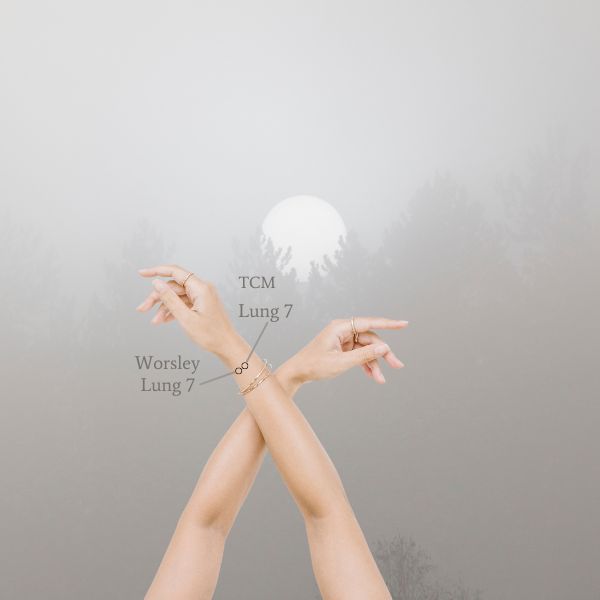
Exit point, Junction point
On the anterior surface of the forearm, 2 ACI proximal to LU9, just lateral to the radial artery.
It’s really clear that we are built like toilet paper and paper towels: we actually have perforated places that are ready to break—like fuses that are just made to blow. It’s actually part of our design. In our lives we will feel torn in half sometimes, but there was a dotted line there. As the tensions come, it goes where the broken line is. It’s still painful, but it isn’t a sign that something unnatural is happening. We were built for breakage, and we were built to go through times of brokenness.
Unmaking into Unity
In American culture, which is an extreme culture of making, it can feel as though breaking or brokenness equals “The End. Game Over.” And it’s just not true. That’s leaving out half of nature. When we break in a field of making, we may be left with a feeling of failure. When we break in a field of unmaking, we are moving with the support of nature. We are breaking within a natural, healthy invitation to return to a new and communion with unity.
When we are in an unmaking time, it’s a very different form of health that we are headed for. When unmaking is embraced, this allows us to fall apart and let the breaking open into a unity that is currently beyond our will—and that was thoroughly beyond our imagination before the breaking began. At the halfway point, which is where we are now, there may be only be the barest inkling of a notion that this is part of something much larger.
It is potentially an enormous support to others, in their breaking and unmaking times, not to do anything in particular beyond holding them in the knowledge that there are times of unmaking. We may remember some of our own times of unmaking, and ruefully acknowledge whether we did that spectacularly well or not. We may take the opportunity to dream of, “What would have been amazing support for me, during that time of unmaking, to allow me not just to break along the perforated, but to be able say, “Okay, let’s really do some unmaking here. Let’s break up the whole thing.”
Remedial Unmaking
It’s never too late to cultivate the sweetness of our own relationship with unmaking, as half of our time here on this earth. It’s never too late for the sweetness of our own evocation of what healing might feel like, for the places of breaking inside of us that may still be lying there on the floor, not yet broken enough. Maybe there was no place, no support to finish breaking; maybe at the time there was nobody who understood that when you are in a time of breaking with support, there’s something extraordinary that can happen here.
Let’s take a moment to do a little bit of catching up with our own relationship to the time of unmaking, with an invitation to any places that feel broken—but frankly not broken enough to surrender back into the deep renewal cycle. Let’s take a moment to offer them the support to break more. Dissolve!
For more Earth element resources, check out our Seasonal Resources page for Late Summer.
To join the discussion, find us on my Perennial Medicine discussion listserv (all are welcome)
